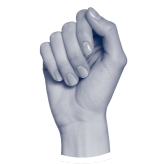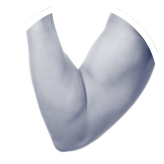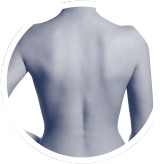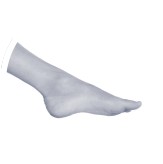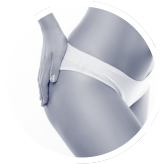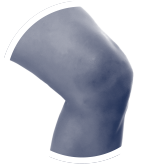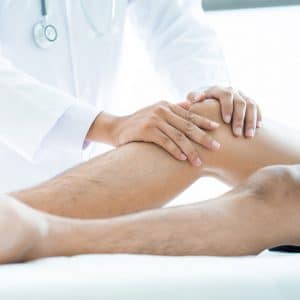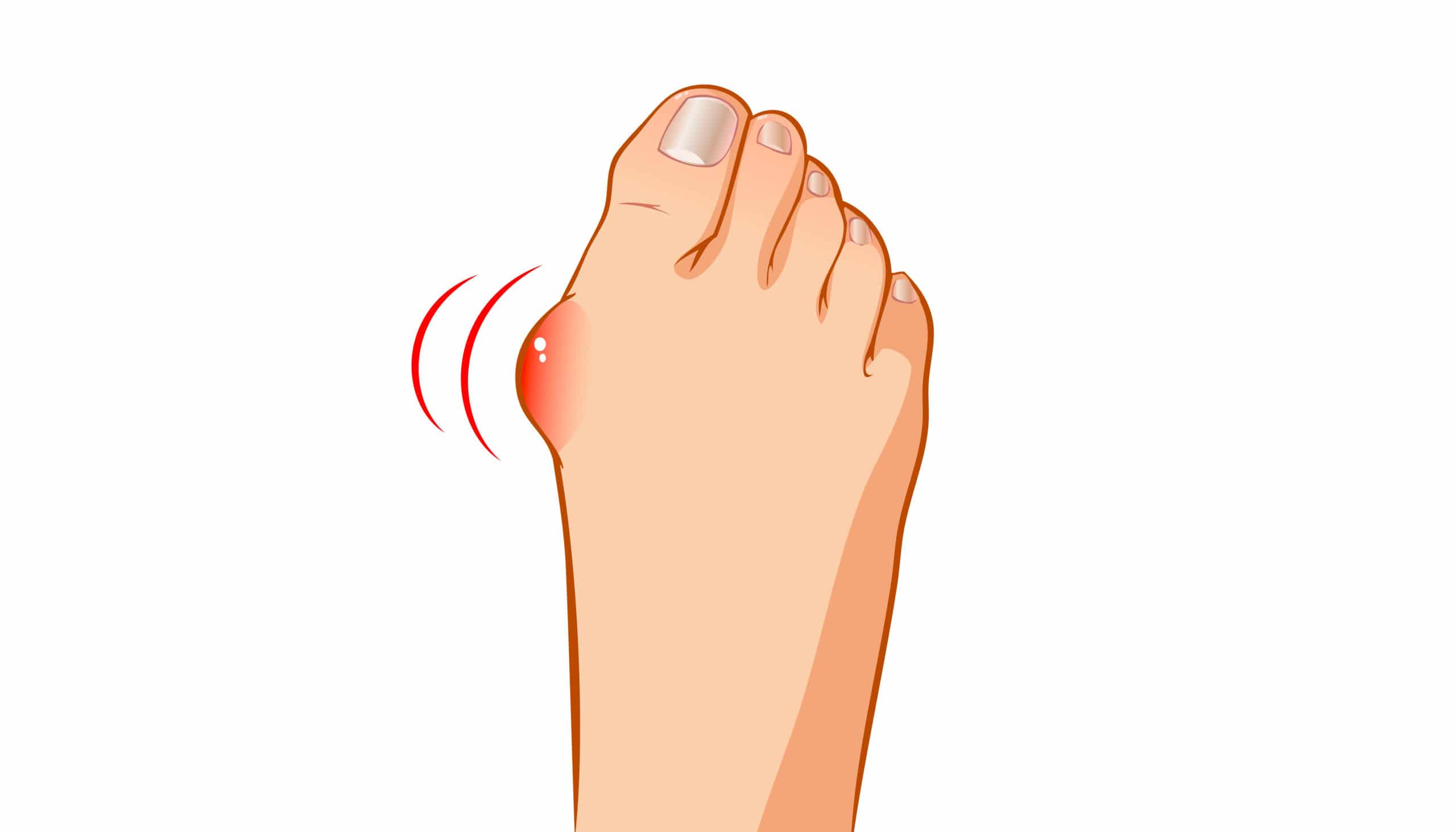
‘Beauty is painful’ so the saying goes and bunions are certainly no exception. Bunions are painful bumps at the joint of the big toe and occur when the big toe is leaning inwards too much. This is caused by a variety of different factors, from ill-fitting shoes to genetics.
While bunions can affect anyone, people who wear ill-fitting shoes or high heels are more likely to be affected. Because of this, women are more likely to suffer than men.
Symptoms of Bunions
Pain is the biggest symptom of bunions. The joint of the big toe will be the most painful and may radiate across the foot.
However, not all bunions are painful. Other symptoms include:
- Swelling in the joint of your big toe. This could feel rough and may cause difficulty finding footwear that fits without causing further irritation.
- Redness and hard skin on the joint of the big toe.
These symptoms may affect the ability to walk comfortably. These symptoms are similar to other podiatry problems so check with your GP or one of our consultants to make sure.
Diagnosing Bunions
Visiting your GP or one of our consultants will diagnose a bunion based upon your symptoms and examining your feet. There may also be further tests to rule out other medical conditions, such as rheumatoid arthritis.
In cases where bunions are severe and require surgery, an X-ray, ultrasound or MRI scan may be used for further diagnosis.
Causes of Bunions
It is difficult to pinpoint a single cause of bunions and there are a variety of different factors and medical conditions.
The biggest cause is genetics. If your parents or other family member has bunions, then it will increase your risk.
The risk is increased for people suffering from certain medical conditions. These include gout, rheumatoid arthritis, osteoarthritis. On the reverse side, those who already have bunions are at risk of developing arthritis in the toe.
Ill-fitting shoes can contribute to an existing bunion and make it much worse. Shoes that are too tight or high heels that add pressure on toes cause extreme strain on your toes, increasing the severity.
Treatment & Prevention
Treating bunions is important. If left untreated, it can lead to arthritis in the big toe and cause other problems, such as hammertoe.
Whenever possible, London Bridge Orthopaedics will always choose a non-invasive treatment. This is possible for many cases of bunions.
Simple treatments, such as painkillers or applying ice to the painful are will help ease any pain in the big toe. Product treatments, such as bunion pads and orthotics, will ease symptoms and help with alignment:
- Bunion pads are normally made of gel and are available from pharmacies. These alleviate any pressure on the joint of the big toe and ease the pain.
- Orthotics are supports for your feet to help realign the big toe. These can be custom-made for your feet or bought from a pharmacy. While these help with alignment in the short-term.
In many cases, choosing footwear that is suitable for your feet will ease symptoms and stop any bunions from getting worse. Wearing high heels will only exasperate the condition. Choose shoes with little or low heels and are wider.
In severe cases, where the bunions are having a toll on your quality of life and all other treatments are exhausted, then surgery is a final solution. Surgery is the only way to correct the alignment of a bunion by straightening the toe joint and tightening up the stretched tissues.
Since there are over 130 types of bunion surgery techniques available, surgeries can vary from trimming part of the joint to a total artificial replacement of the big toe joint. The choice in surgery will depend on the severity of the bunion and other medical conditions.
Depending on the operation, you are likely to have fully recovered after 8 weeks. But during this time, you must be off your feet and need crutches to move around.
To make an appointment to discuss diagnosing and treatment options for bunions, contact us on (+44) 207 692 0675 or follow this link.
For more health and orthopaedic news follow us on Facebook, Twitter and Linkedin.


